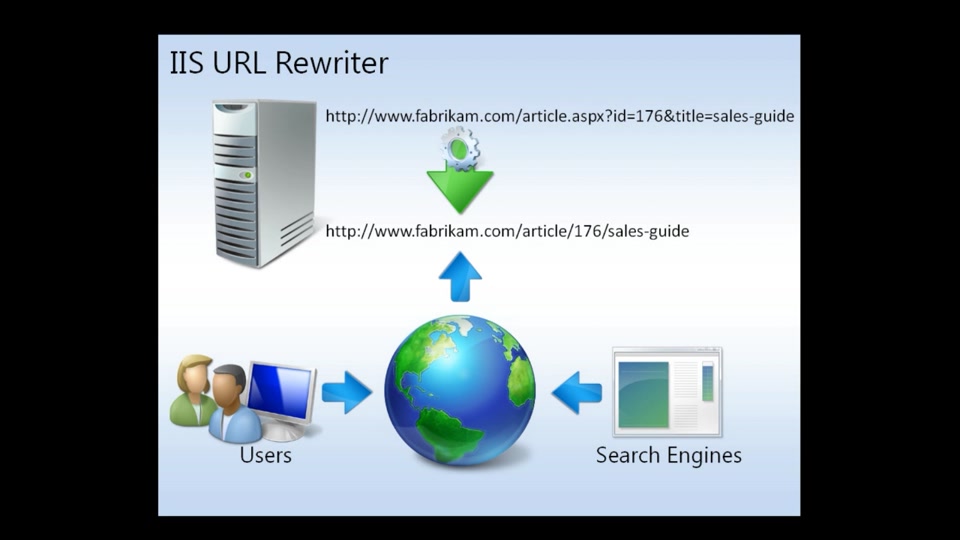Managed hosting provider if you’re not yet on HTTPS, the browser is going to through a “Not Secure” warning on your website. For compliance purposes, you need to have an SSL-encrypted connection. Once, you have installed SSL, it is crucial to redirect HTTP to HTTPS.
In this article, we’ll see how to redirect HTTP to HTTPS connection with www: 1. Redirect HTTP to HTTPS in Apache. Before we get to redirecting HTTP to HTTPS using.htaccess file, here’s how you can edit the.htaccess file: How to edit a.htaccess file: To force your traffic to HTTPS, edit the codes in the.htacess file. We have a client server hosting our web application using Apache 2.2 & Tomcat 6 in RHEL. I have setup apache re-write rule for http to https redirection and it works fine. We have two DNS names.
What is HTTP to HTTPS Redirect?
Earlier, the most common redirect concern was to properly redirect the www version of the site to the non-www site, or vice-versa. However, with the introduction of SSL certificates, HTTP to HTTPS redirect has taken over.
For example, consider the Webscoot.io website. Our canonical address is https://webscoot.io. However, a user can connect to our website in 4 ways:
In this article, we’ll see how to redirect HTTP to HTTPS connection with www:
1. Redirect HTTP to HTTPS in Apache

Before we get to redirecting HTTP to HTTPS using .htaccess file, here’s how you can edit the .htaccess file:
How to edit a .htaccess file:
To force your traffic to HTTPS, edit the codes in the .htacess file. If you already know this step, you can move to the redirection part.
There are instructions in the .htaccess file that describe the server how to perform in certain scenarios. This affects how your website functions.
The most common instructions are:
1. Rewriting URLs
2. Redirects
3 Ways to edit a .htaccess file:
- Edit the file on your PC and upload it to the server via FTP.
- Use “Edit” mode in FTP program allows you to edit a file remotely.
- Use SSH and a text editor to edit files.
1.1. Redirecting all web traffic
To redirect all traffic to HTTPS, add the following to the existing code:
1.2. Redirecting a specific domain
To redirect a specific site to use HTTPS:

1.3. Redirecting specific folder
To redirect HTTP to HTTPS on a specific folder, add the following code:
1.4. Force redirect to 301
To force traffic to HTTPS, use the following code:
Note:
1. Replace “webscoot” with your domain name wherever required.
2. Replace /folder with the actual folder name.
2. Redirect HTTP to HTTPS in Nginx
Nginx is the fastest growing web server. We use Nginx in our server stacks for optimized performances.
2.1. Redirect all traffic to HTTPS
2.2. Redirect specific sites to HTTPS
Conclusion
Almost all websites are on HTTPS now. Share this article to bring the rest of the websites on an encrypted connection. If your web host is not taking care of your website security, move to a Managed hosting provider to keep your website security bulletproof.
Sakshi takes care of everything related to Marketing at Webscoot.io. She has knowledge about Magento, WordPress, and Dogs.
Skip to end of metadataGo to start of metadataRewriteRule is the main directive (heart) of mod_rewrite.
Syntax
Overview
The directive consists of three arguments, separated by a space:
The third argument (flags) is optional. Let's go now into the details for each argument.
Pattern
The pattern (rule search-pattern, rule-pattern) is a defined regular expression (RegEx) to match against the URI-path (in per-dir context local filepath) of the current request. That is, everything after _http://hostname_, and not including any query string arguments. (For examples of how to deal with the query string, see the discussion of the RewriteCond directive.)
You must define a RegEx to say 'if the URI looks like this, apply the substitution'.
To negate the result of the RegEx, prefix the RegEx with an exclamation mark.
Substitution
The substitution (sometimes called target) is a string to replace the current filename with it. So it's the location you want rewrite to. The syntax of the substitution depends upon in which context you're using the RewriteRule.
Once you have set the substitution value, the RewriteRule says 'if the requested URI looks like this (pattern) go here (substitution) instead.'
per-server context:
- /abc/def.html (rewriting to an URL-path)
- http://example.com/abc/def.html (rewriting to an absolute URL)
per-dir context:
- /abc/def.html (rewriting to an URL-path)
abc/def.html (rewriting to a local filepath [note the missing leading slash]. In the end, mod_rewrite needs an URL-path to go into the [per-dir bcontext internal redirect]. So you can use a URL-path directly or mod_rewrite must built such an URL-path internally from your local filepath)
- http://example.com/abc/def.html (rewriteing to an absolute URL)
Flags
Apache Rewrite Rule Http To Https
see RewriteFlags
Order of processing
Consider the following snippet:
A wrong assumption is that the conditions are processed before the pattern of the RewriteRule. But this is wrong. The processing order is as follows:
Rewriterule Htaccess Apache
- The Pattern of the RewriteRule (^/a$) is checked first.
- If the pattern results true,
- the Condition b would be checked.
- If that Condition is true or the OR-Flag was set to Cond b,
- the second condition would be checked.
- If this condition is true, too,
- the substitution from the RewriteRule is applied.
Force Https Apache
Examples

Comments are closed.